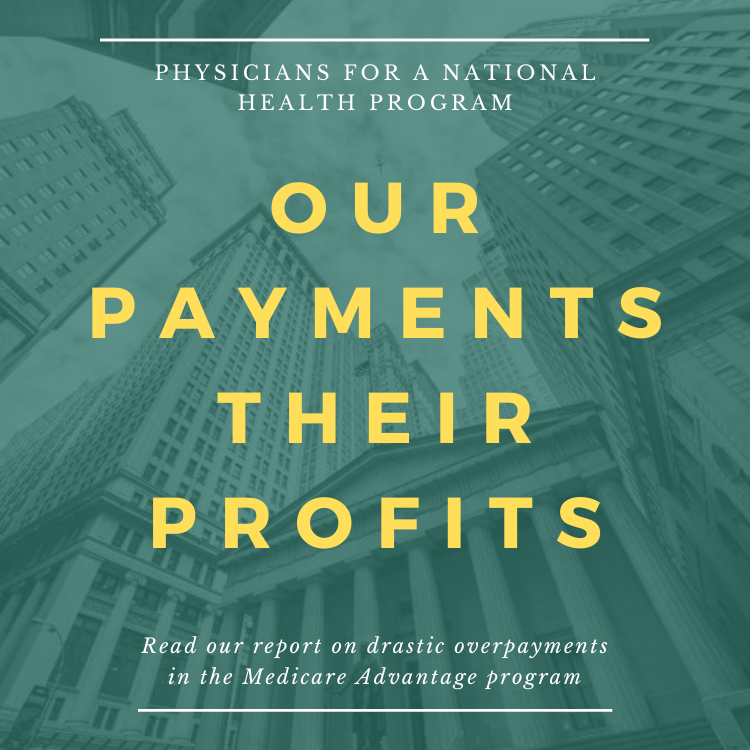Access to Care: Provider Availability in Medicaid Managed Care
Department of Health and Human Services, Office of Inspector General, December 2014
Examining access to care takes on heightened importance as enrollment grows in Medicaid managed care programs. Under the Patient Protection and Affordable Care Act, States can opt to expand Medicaid eligibility, and even States that have not expanded eligibility have seen increases in enrollment. Most States provide some of their Medicaid services—if not all of them—through managed care. The Office of Inspector General received a congressional request to evaluate the adequacy of access to care for enrollees in managed care.
We found that slightly more than half of providers could not offer appointments to enrollees. Notably, 35 percent could not be found at the location listed by the plan, and another 8 percent were at the location but said that they were not participating in the plan. An additional 8 percent were not accepting new patients. Among the providers who offered appointments, the median wait time was 2 weeks. However, over a quarter had wait times of more than 1 month, and 10 percent had wait times longer than 2 months. Finally, primary care providers were less likely to offer an appointment than specialists; however, specialists tended to have longer wait times.
Findings
- Half of providers could not offer appointments to enrollees
- Forty-three percent of providers were not participating in the plan at the listed location
- Another 8 percent of providers were not accepting new patients
- Among the providers who offered appointments, the median wait time was 2 weeks; however, over a quarter had wait times of more than 1 month
- A small number of providers required patients to submit medical records prior to scheduling an appointment or would not accept patients with certain medical conditions
- Primary care providers were less likely to offer an appointment than specialists; however, specialists tended to have longer wait times
- The median wait time for specialists was twice as long as that for primary care providers
Conclusion
Our findings demonstrate significant vulnerabilities in provider availability, which is a key indicator for access to care. These findings also raise serious questions about the abilities of plans, States, and CMS to ensure that access-to-care standards are met. Without adequate access, enrollees cannot receive the preventive care and treatment necessary to achieve positive health outcomes and improved quality of life.
Notably, 51 percent of providers were either not participating in the plan at the location listed or not accepting new patients enrolled in the plan. When providers listed as participating in a plan cannot offer appointments, it creates a significant obstacle for an enrollee seeking care. Moreover, it suggests that the actual size of provider networks may be considerably smaller than what is presented by Medicaid managed care plans.
Among the providers who offered appointments, the median wait time was 2 weeks. However, over a quarter had wait times of more than 1 month, and 10 percent had wait times longer than 2 months. Long wait times can have a significant impact on patient care. It also raises questions about whether these plans are complying with their States’ standards for access to care, as most States have access standards that require appointments be provided within 1 month or less. That so many providers could not offer appointments within a month raises concerns about enrollees’ ability to obtain timely access to care.
http://oig.hhs.gov/oei/reports/oei-02-13-00670.pdf
****
Comment:
By Don McCanne, MD
One of the major features of the Affordable Care Act was to expand Medicaid to cover a greater number of low-income individuals. Although many states opted out of the expansion, nevertheless Medicaid enrollment increased in those states as well. Because of the expansion of state budgets required to cover the burgeoning Medicaid population, most states have moved most if not all of their Medicaid patients into Medicaid managed care plans.
Although states claim that this benefits patients by placing them in organizations that are designed to manage their health care, the real reason is that the states wanted to save money. The managed care plans agree to provide care at a cost lower than the costs of comparable care provided by community hospitals and physicians. Because of the increased enrollment, the total costs of Medicaid are increasing, but the payments per individual are not.
Medicaid, being a welfare program, was already chronically underfunded. Further limiting payments per patient can place a serious strain on resources that would pay for all of the promised care. This OIG study was done in the summer of 2013, before the surge in enrollment that began later that year. If half of providers could not offer appointments to patients at that time, what is happening now that the managed care organizations must accommodate the added demand?
Although there are already many anecdotal reports that the managed care organizations are not meeting their obligations under these state contracts, we will have to wait longer before we have a comprehensive objective evaluation of the extent of the deficiencies in health care services.
Isolating low-income individuals and placing them into an underfunded welfare program will certainly perpetuate disparities in care. Yet the deficiencies in health care services are even worse in those states that opted out of Medicaid expansion, and they are worse for the undocumented residents who are prohibited from participating in Medicaid or in the subsidized plans offered by the exchanges.
Under a single payer national health program – an improved Medicare for all – everyone would have access to a system that met the highest standards of care. The wealthy would still have their high standard of care, but with their special amenities paid for separately, such as private hospital suites, whereas low-income individuals could have the same high standard of care, but without the amenities. Because of the efficiencies of the single payer model, it would not cost the nation any more than we are now spending on health care.

